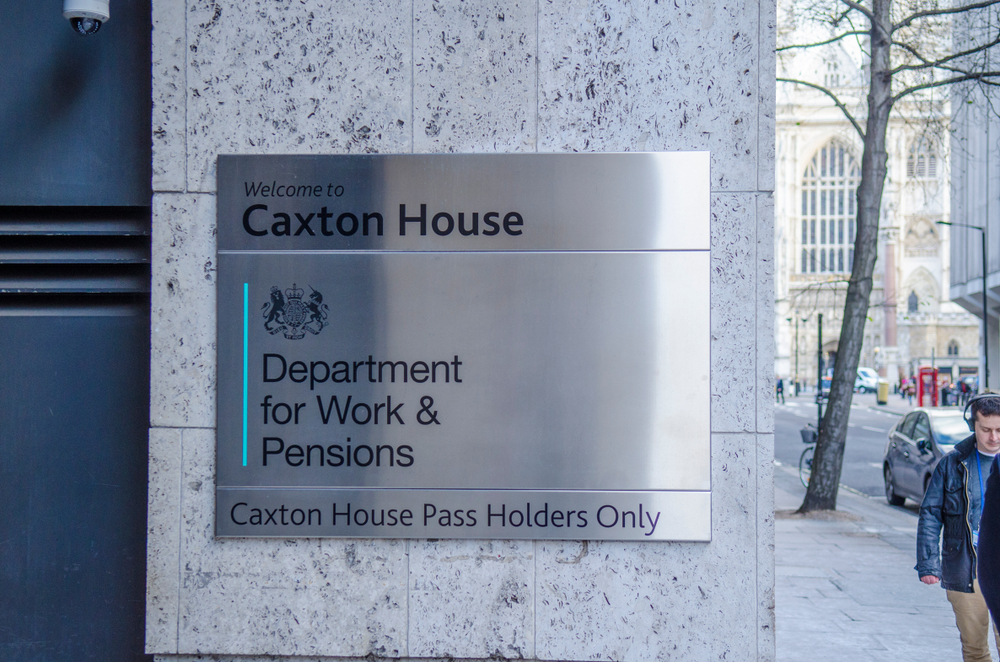The Bank of England (BofE) has raised UK interest rates to 3.5 per cent, the highest level for 14 years, after the Monetary Policy Committee (MPC) voted six to three to increase the rate by 0.5 percentage points.
Industry experts have already been considering the potential impact on savers, with XPS Pensions Group senior consultant, Charlotte Jones, suggesting that the higher interest rates are likely to have an impact on defined contribution (DC) pension scheme members in terms of return on pension savings.
“The overall effect will vary depending on their investment choices, how much this rise has been priced into markets already and how members plan to take their benefits in retirement,” she continued.
“Also of concern is how higher interest rates impact the continued cost of living crisis and whether this will push employees to stop contributing to workplace pension schemes.
"Whilst research suggests that pension savers haven’t so far reduced or stopped their pension contributions, with some employees only able to change their contributions a certain number of times a year, we may see this trend change in 2023.”
However, Jones clarified that whilst the spike in short-term interest rates is causing major challenges for the UK economy, industry trackers have suggested that the average UK defined benefit (DB) pension scheme remains in surplus, with rising gilt yields having removed over £700bn from liabilities over 2022.
Echoing this, Buck principal and actuary, Ian Burns, argued that although the recent volatility has been “immensely challenging”, it has also opened up a number of opportunities for schemes.
“Trustees have worked hard this year to adapt their investment strategy and accommodate the new and changing market conditions,” he continued.
“The rate of change has forced schemes to react quickly and has rewarded those with proactive trustees and well-thought-out contingency plans. Market shocks, like the liability-driven investment (LDI) crisis triggered by the mini-Budget, tested schemes’ operational governance and has forced schemes to re-evaluate their positions.
“Funding levels have improved almost across the board and many schemes have used the last year to take advantage of tactical investing opportunities and strengthen their hand. As a result, many schemes will enter 2023 in a very different state from how they began the previous year.”
However, there are concerns for the year ahead, as Burns explains that the poor economic growth forecasts mean that 2023 could be a tricky year for some scheme sponsors.
“Similarly, rising inflation has caused a cost-of-living crisis for scheme members, eroding their purchasing power,” he continued. “This is a particular worry for those who are about to retire and current retirees, who don’t have the luxury of long time horizons to improve their positions.
“Many scheme trustees have shown throughout this year that they are alert to this danger and are ready to make use of appropriate contingency plans. As they continue to evaluate their investment strategy and plan for the new year it’s also vital that they communicate clearly with their members, to explain their plans and address any concerns.”
Adding to this, Aviva Investors head of rates, Edward Hutchings, pointed out that the minutes revealed that the BoE do expect a recession for a ‘prolonged period’.
“After its recent bullish run, Sterling strength could be somewhat more questionable from here and with further quantitative tightening to come plus a staggering amount of gilt issuance, 2023 will continue to be volatile for the UK gilt market,” he stated.
Despite this, LCP partner, Steve Hodder, noted that whilst short-term rates have continued to increase, “the gilt market’s view of longer-term rates has continued to come down following the very high levels we saw after the mini-Budget”.
“This seems to reflect a growing confidence that the BofE and government will indeed be able to get on top of inflation, and perhaps also a view that with the UK heading for recession rates will need to be cut to support the economy,” he stated.
“It is these long term rates that matters most for pension scheme funding, investment strategies and transfer values.”
Latest News
-
Mansion House Accord revealed; pension providers to up private market investments
-
Mansion House Accord: Industry reacts
-
DWP questioned over pensions dashboards progress
-
AQA Pension Scheme agrees £120m buy-in with Rothesay
-
Majority not confident pension savings will last; calls for ‘mid-retirement MOT’ grow
-
‘Blockbuster’ Pensions Bill set to be ‘crammed to bursting’ with measures
A changing DC market
In our latest Pensions Age video interview, Aon DC senior partner and head of DC consulting, Ben Roe, speaks to Laura Blows about the latest changes and challenges within the DC sector
Being retirement ready
Gavin Lewis, Head of UK and Ireland Institutional at BlackRock, talks to Francesca Fabrizi about the BlackRock 2024 UK Read on Retirement report, 'Ready or not. How are we feeling about retirement?’
The role of CDC

In the latest Pensions Age podcast, Laura Blows speaks to TPT Retirement Solutions Chief Client Strategy Officer, Andy O’Regan, about the role of collective DC (CDC) within the UK pensions space
Keeping on track

In the latest Pensions Age podcast, Sophie Smith talks to Pensions Dashboards Programme (PDP) principal, Chris Curry, about the latest pensions dashboards developments, and the work still needed to stay on track
© 2019 Perspective Publishing Privacy & Cookies













Recent Stories